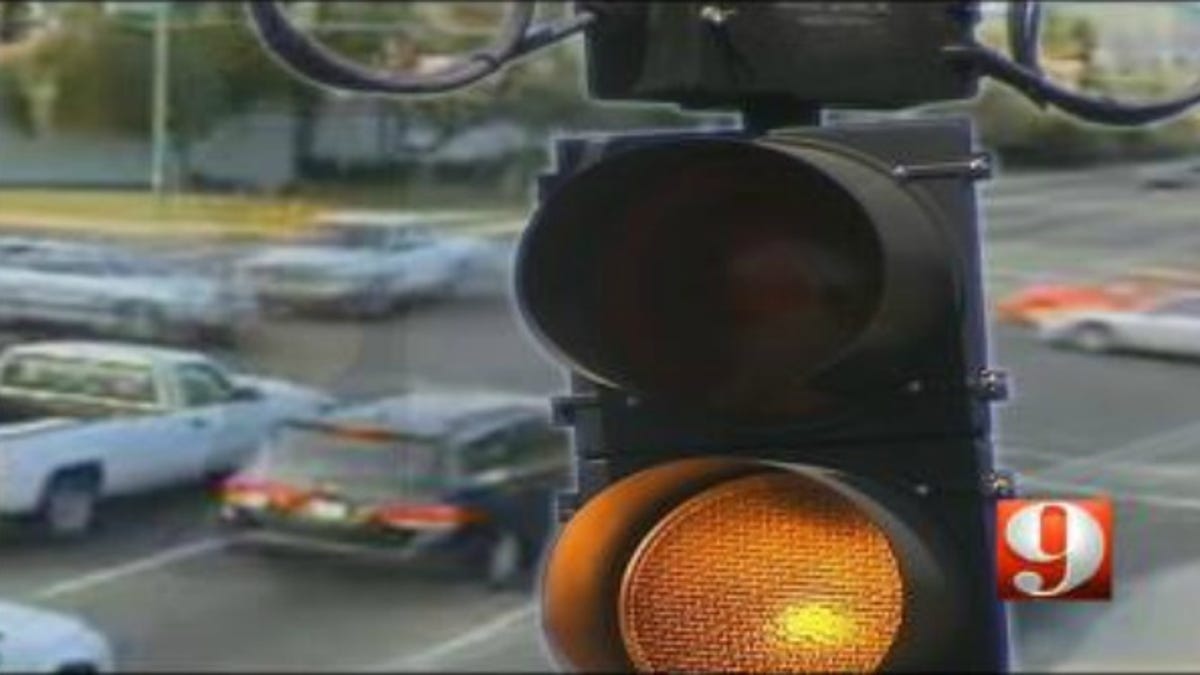Red light camera myths debunked
A TV station in Florida investigated claims that red light cameras increase rear-end collisions and that yellow lights are shortened to trap more drivers.

Cameras at intersections may curb red light runners, but detractors like to argue that any offset in traffic violations is met with an increase in rear-end accidents. Not so, says a television station that debunked a couple of red light camera myths.
Drivers running red lights caused 762 deaths in 2008, and an estimated 165,000 people are injured annually by red light crashes, according to the National Highway Traffic Safety Administration's Fatality Analysis Reporting System (FARS). To combat these sometimes deadly accidents, many cities install traffic light cameras in key intersections that capture the offenders' license plates, and send tickets to the vehicle owners in the mail.
Related stories
But that safety measure is frequently met with resistance by people snared by these automated enforcement devices. Ticketed drivers often believe that the lights are shortened to catch more violators. And others are skeptical of their safety claims, arguing they cause more rear-end accidents when drivers slam on their brakes to avoid running the light.
Station WFTV in Orlando, Fla., investigated these claims, and after combing through traffic records in five cities, researchers came to the opposite conclusion.
Since the installation of red light traffic cameras, central Florida crash data records reveal a drop of as much as 57 percent in rear-end crashes in, and even more of a cut in right-angle crashes. Experts believe that fear of a hefty ticket is causing all drivers to slow on yellow lights and stop on red.
Other studies show mixed results. A study of seven communities funded by the Federal Highway Administration in 2005 found that red light cameras decreased right-angle crashes by 25 percent, but increased rear-end crashes by 15 percent. On the other hand, a controlled before-and-after study conducted by the Cochrane Collaboration, an international public health organization, did not find a statistically significant change in rear-end injury crashes. In fact, this organization observed an estimated 13 to 29 percent reduction in all types of injury crashes, and a 24 percent reduction in right-angle car accidents.
The Florida TV station also took aim at many motorists' belief that yellow light times have been shortened to trick more motorists into running the light and generating more revenue for city coffers. However, Florida, like many states, has regulations mandating minimum light times, and WFTV found that intersections with red light cameras met or exceeded the minimum standards. Camera ticketing software also discards any citations that could be issued if the light timing is below the state's guidelines.
It is also a myth that increasing the yellow light wouldn't do much to stop red light running, either. A researcher at the University of Cincinnati has found that the longer a yellow light lasts, the more likely a driver is to try to beat it. And as far as being a cash cow for cities to generate revenue, Orlando reported a 22 percent drop in red light tickets, reports WFTV.

